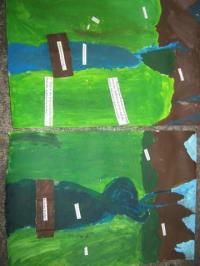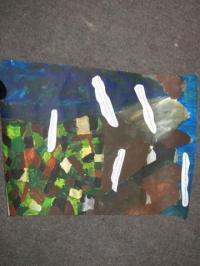Home-Ashburton’s treasures
- Our team
- Research process
- References and acknowledgements
- Tinwald School
- Lake Hood
- Somerset Building
- Ashburton Railway Station
- Plains Railway
- Clock Tower
- Ashburton Museum
- Ashburton Domain
- Water - The Life Blood of the Plains
- Ashburton Bridge
- People Treasures
- Astounding Activities
- Green and Gold Ashburton
- Mount Hutt Skifield - Methven
- Our Rivers
- Baring Square West
- Rakaia Salmon
- Ashburton Guardian
Our Rivers
Ashburton River
Q: Why is it named the Ashburton River?
A: Both the town and the river are named after William Barring
Q: Where is the main stream?
A: The main stream is the largest stream within the braided river.
Q: Who was one of the first people to cross it?
A: The Turton's, Ashburton's founders, were one of the first. Before there may have been sheep headers and drovers. And before them Maori may have crossed at this site too.
Q: How was the Ashburton River formed?
A: The river was formed when a small lake in the surrounding hills and mountains flooded and rushed down across the plains forming the Ashburton River.
Ashburton Bridge:
Q: Why is the Rakaia Bridge bigger than the Ashburton Bridge?
A: The Rakaia River is wider than the Ashburton River and so the bridge has more space to cross.
Rangitata River:
Q: What is the meaning of Rangitata?
A: Rangata is a Maori word meaning 'a day of lowering cloud'.
Q: How is the Rangitata River contected to the Ashburton and Rakaia Rivers?
A: Through the mountains and streams that feed the rivers there are connections . These streams often feed more than one river.
Q: How does the water get into the Rangitata Lagoon?
A: Water flows in from the sea and through the river mouth. The lagoon has a mixture of salt and river water.



